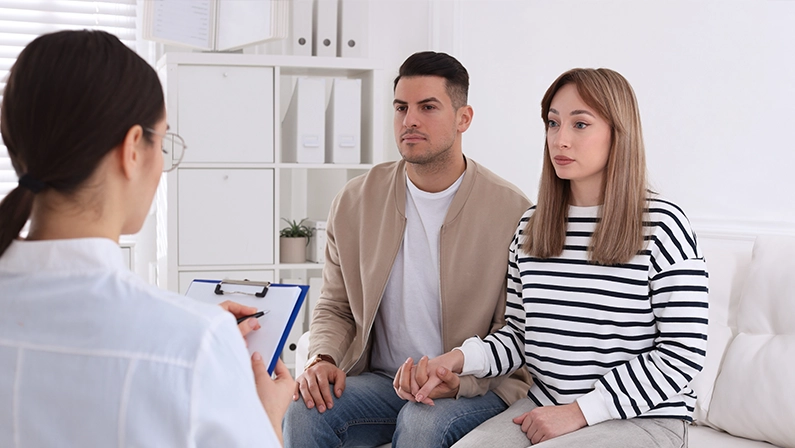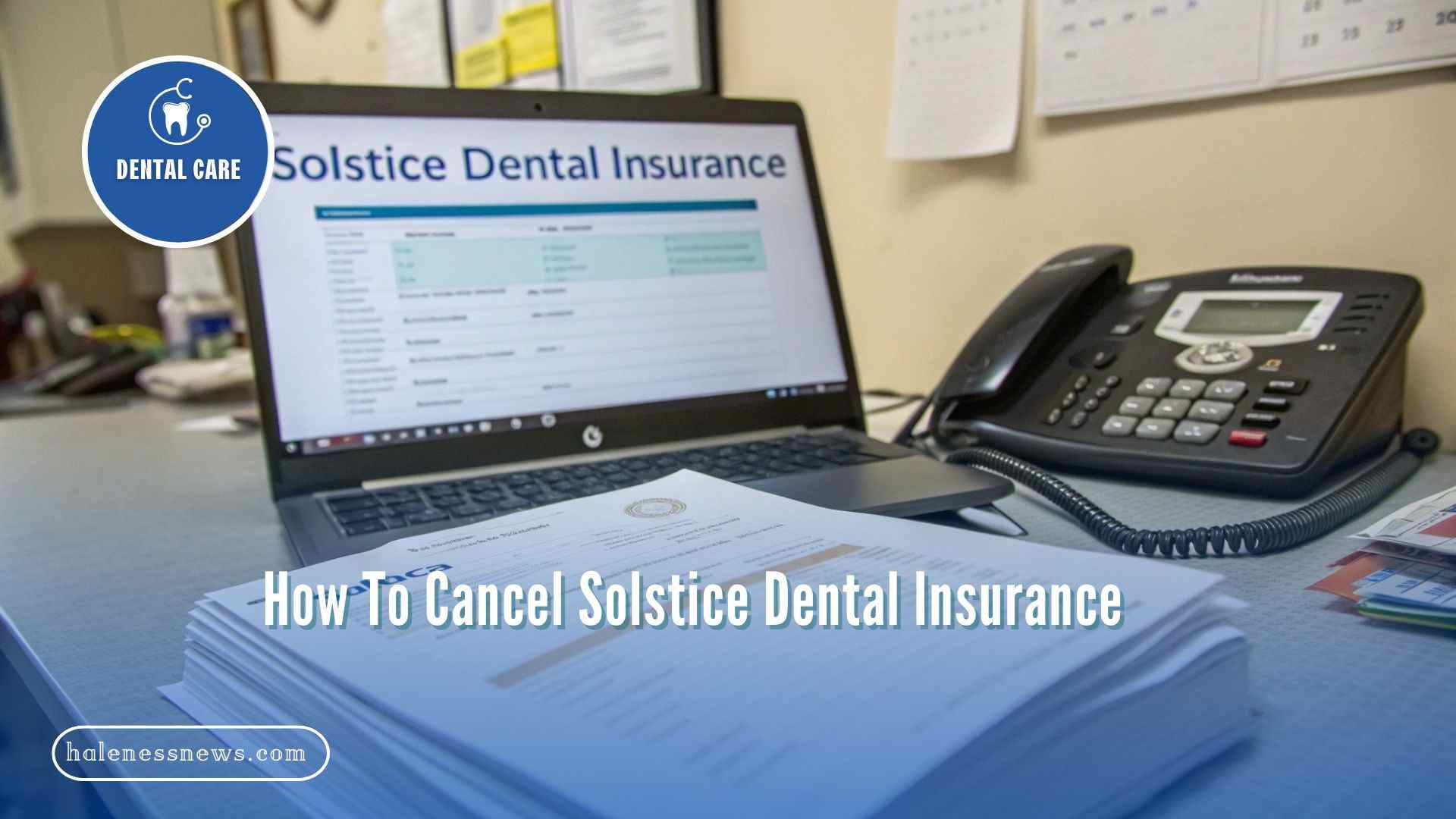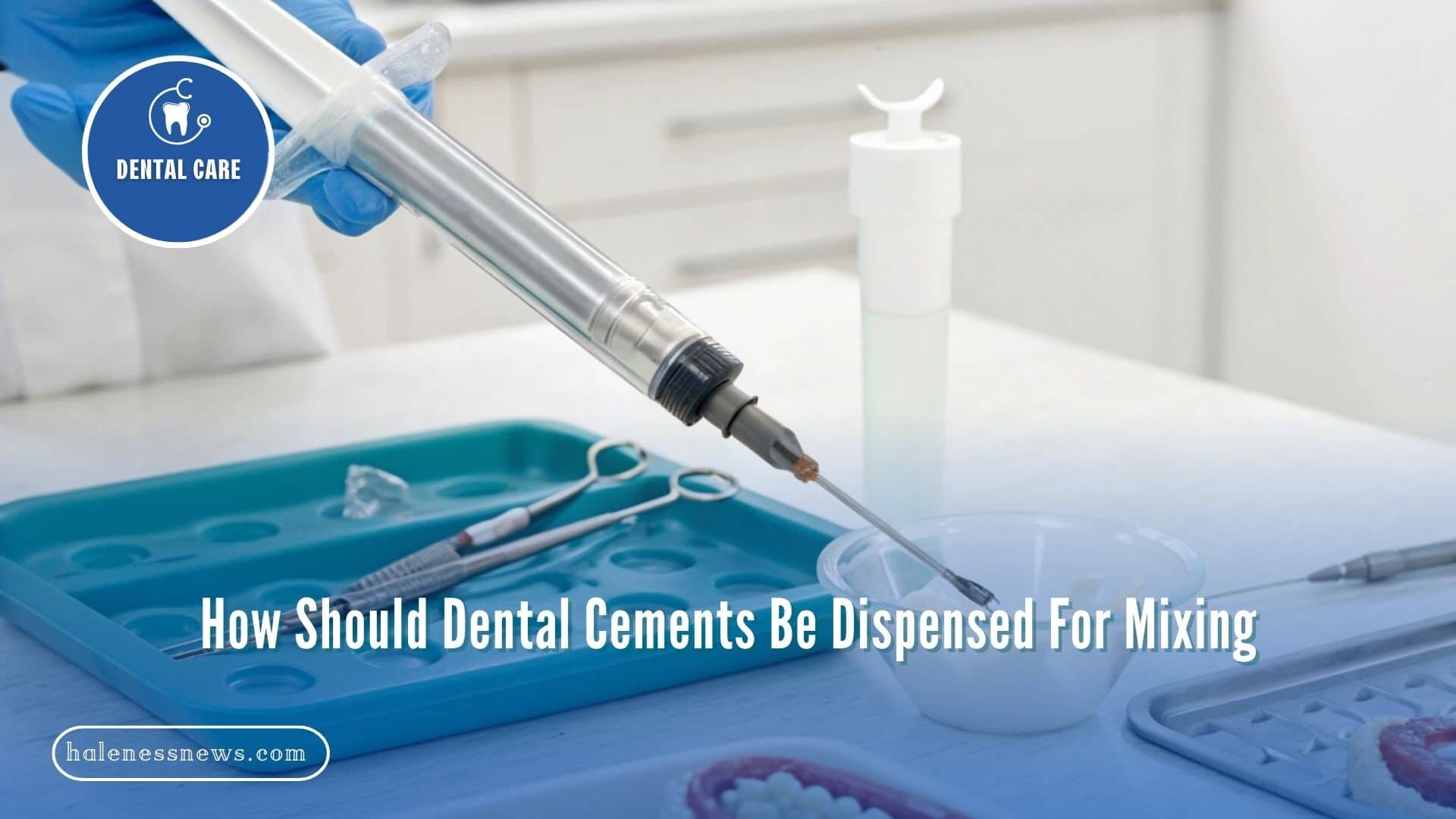STD screening protects both your health and the health of your partners. Many STDs do not show any symptoms. You might feel fine and still have an infection. Testing helps find these risks early before they cause more harm.
There is no reason to feel embarrassed about getting tested. It shows you value your well-being and respect others. Routine testing also helps reduce the spread of disease in your community. It’s a smart and caring decision.
What Happens at the Appointment
Your appointment usually starts with a short, private conversation about your health and sexual history with the provider. They may ask personal questions to help guide your STD screening and choose the right tests for your needs. Honest answers help the provider give accurate care and recommendations based on your lifestyle. Their goal is to support you, not to judge or make you feel uncomfortable.
After the conversation, the provider may perform a brief and simple physical exam based on your symptoms or medical history. This part of the visit usually takes only a few minutes and is not painful. They may check for signs of sores, irritation, or other possible symptoms linked to infection. You can ask questions during any part of the exam to better understand what’s happening.
How Testing Is Done
Your provider may collect one or more samples based on your symptoms and sexual activity. Each type of sample checks for specific infections like chlamydia, gonorrhea, or syphilis. You might give a urine sample, a blood sample, or a swab from your throat, genitals, or rectum. These tests help identify infections even if you do not notice any symptoms.
The sample process is quick, simple, and usually causes very little discomfort or pain during collection. You can ask questions before, during, or after the testing if you feel unsure about anything. Clear and honest communication with your provider can help reduce anxiety and make the visit more comfortable. Understanding each step of the process can help you feel more confident and prepared.
Understanding Your Results
After your test, the collected samples are sent to a lab for analysis and confirmation. Results usually return within several days, depending on the test. Your provider will explain how and when you will receive your results. You may get them through a secure portal, a phone call, or an in-person visit.
If your results are negative, your provider might recommend when to return for future testing based on your lifestyle. If your results are positive, they will discuss treatment options and answer your questions with care. Most STDs are treatable or manageable with the right medication and follow-up. You may need to inform past partners, and your provider can help you handle that conversation with respect.
Take Charge Today With Regular STD Screening
Getting tested gives you more control over your health and supports trust in your relationships. Even if you feel nervous, you can take this step with confidence and care. STD testing is quick, private, and handled with respect by trained professionals. By asking questions and staying informed, you take a positive step toward a healthier and more secure future.
- How Acupuncture Can Complement Other Forms of Pain Relief
- Understanding the Emotional and Physical Benefits of a Breast Lift
- Toothache or Infection? How to Tell the Difference and What to Do About It
- Hypertension in Women: Symptoms and Management
- How Orthopedic Specialists Tackle Sports Injuries Effectively









